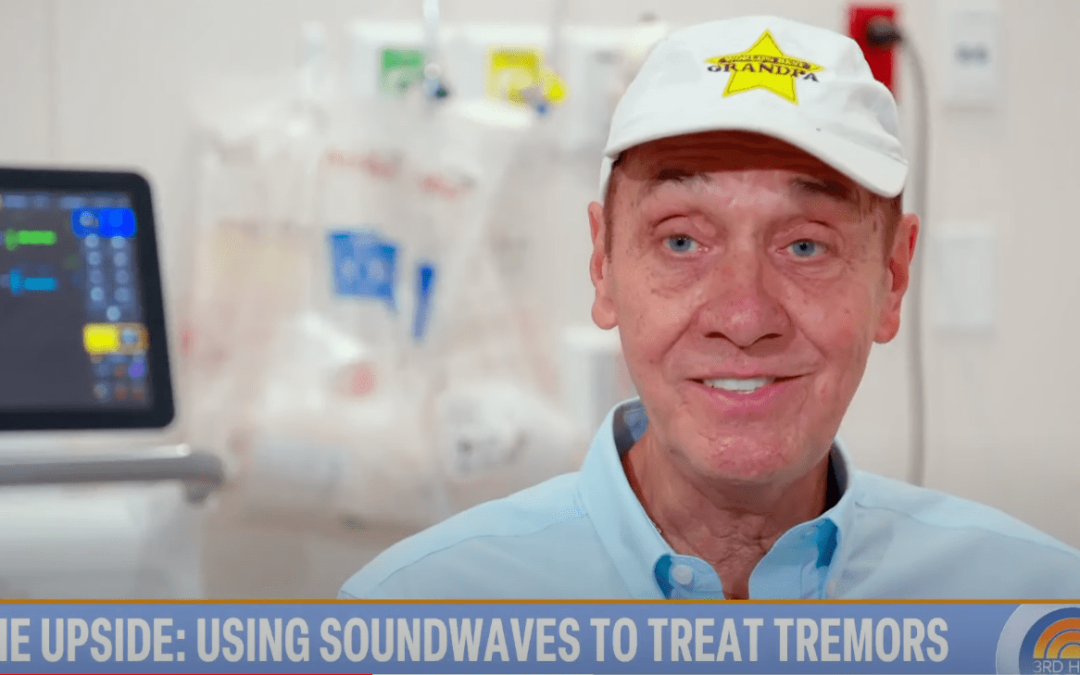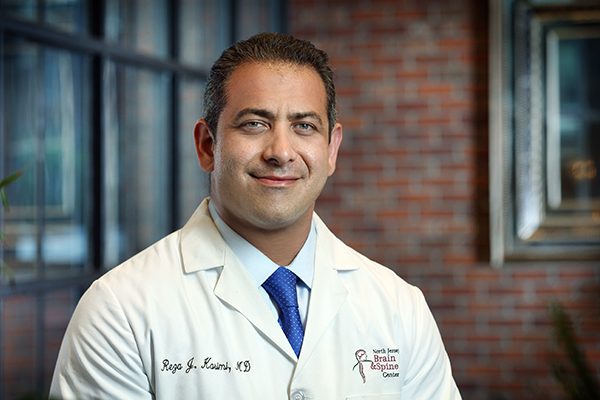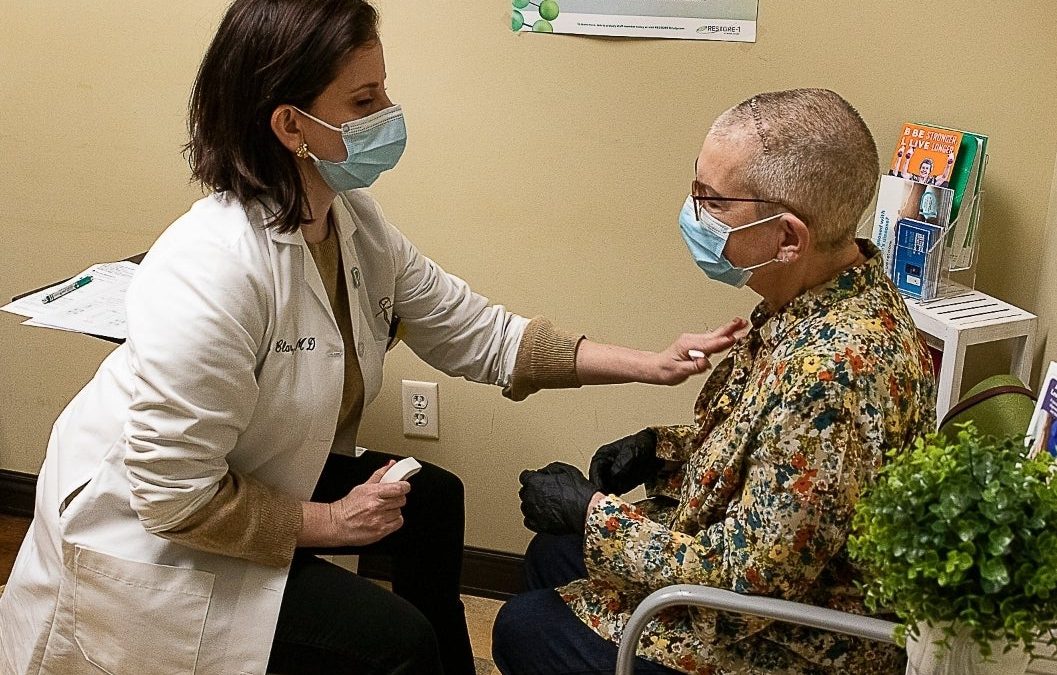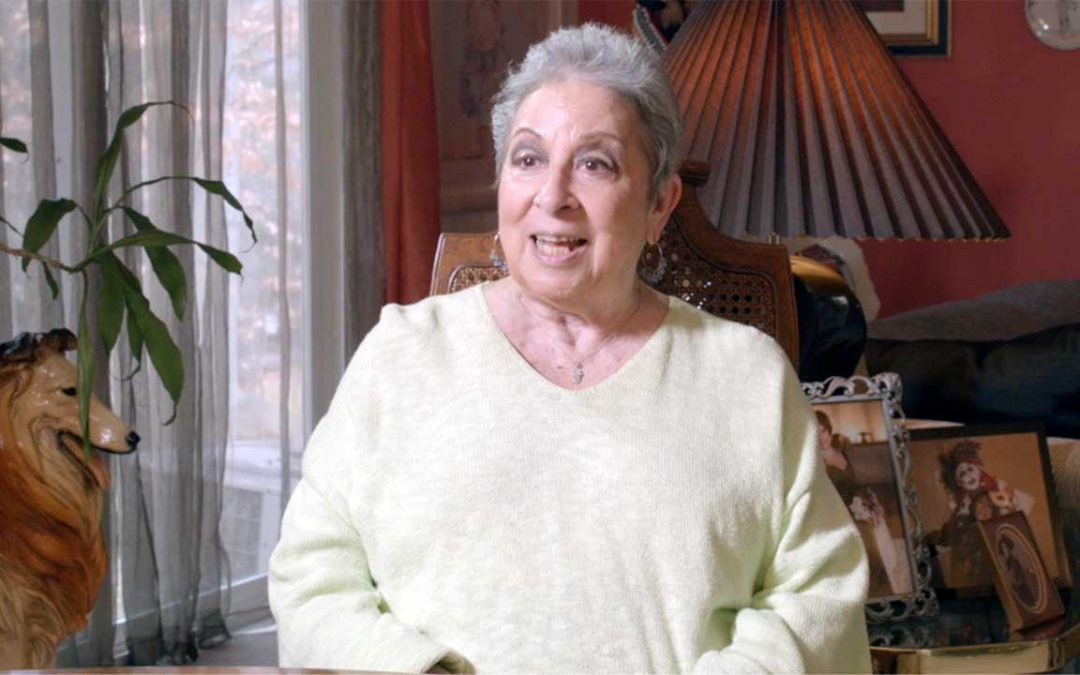Review some of the most commonly asked questions about Cervical Stenosis:
- What is cervical stenosis?
- What kind of doctor treats cervical stenosis?
- What causes cervical stenosis?
- What are the symptoms of cervical stenosis?
- What aggravates cervical stenosis?
- Does cervical stenosis go away?
- What are the treatment options for cervical stenosis?
- What is the best treatment for neck stenosis?
What is cervical stenosis? What kind of doctor treats cervical stenosis?
Cervical stenosis is a condition where the spinal canal in the neck (cervical spine) becomes narrowed or too small for the spinal cord and nerve roots. A cervical stenosis can be diagnosed by a spine specialist such as a neurosurgeon or an orthopedic surgeon. As a result, the narrowing can potentially put pressure on the spinal cord and nerve roots, which can lead to various symptoms as well as a condition called myelopathy, or pinched nerves as they exit the spinal canal. While spinal stenosis is a term used to describe a condition that can affect the entire spine, cervical stenosis refers to a stenosis that affects the neck specifically.
On occasion, damage to the spinal cord and nerve roots may occur, leading to a condition called myeloradiculopathy. Cervical stenosis can result from a variety of causes, as listed below, while the severity of the condition can also vary.
What causes cervical stenosis?
There are a number of factors that contribute to cervical stenosis, including:
- Degenerative changes: As the most common cause of cervical stenosis, degeneration of the spine over time can also result in the development of bone spurs, thickening of ligaments and changes in a patient’s intervertebral discs.
- Herniated discs: Disc herniation, where the soft inner material of a disc protrudes outward, can also contribute to narrowing of the spinal canal, resulting in cervical stenosis.
- Congenital factors: Some individuals may have a congenital predisposition to a smaller spinal canal, increasing the risk of stenosis as they age.
- Trauma: Injuries or trauma to the neck, such as fractures or dislocations, can lead to cervical stenosis.
- Tumors: Abnormal growths or tumors in the spinal canal can cause narrowing and compression.
- Inflammatory conditions: Certain inflammatory conditions, such as rheumatoid arthritis, can contribute to cervical stenosis.
What are the symptoms?
Symptoms of cervical stenosis vary in nature, and some patients may not experience any symptoms at all. Others may experience symptoms that range from mild to severe. Common symptoms may include neck pain, stiffness, numbness or weakness in the arms or hands, and problems with coordination or balance. Oftentimes, symptoms come on gradually. Although mild cases of stenosis can have no symptoms at all, severe cases do get progressively worse. Aside from common symptoms including neck pain, patients can also sometimes experience incontinence of bowel dysfunction.
What aggravates cervical stenosis? Does cervical stenosis go away?
Since cervical stenosis is caused by a number of different things, it can also be aggravated by a number of different factors including degenerative changes like wear and tear on the spine, along with past trauma and injury. Genetics also play a large part in the aggravation of cervical stenosis, since some patients could be predisposed based on genetic factors.
Inflammatory conditions like rheumatoid arthritis also aggravate cervical stenosis, while abnormal growths and tumors, along with herniated discs, can all be contributing factors to aggravation of cervical stenosis.
What are the treatment options? What is the best treatment for neck stenosis?
Treatment options depend on the severity of symptoms and the underlying cause. For instance, more conservative approaches to the treatment of cervical stenosis may include physical therapy, pain management, and activity modification.
In cases where these approaches aren’t extensive enough—or if there is progressive neurological dysfunction—surgical intervention may be considered. Surgical procedures may involve decompression of the spinal cord and stabilization of the spine.
Although cervical stenosis may have some genetic or congenital factors, maintaining a healthy lifestyle, regular exercise, and avoiding activities that may contribute to neck injuries can help reduce the risk of degenerative changes leading to stenosis.








